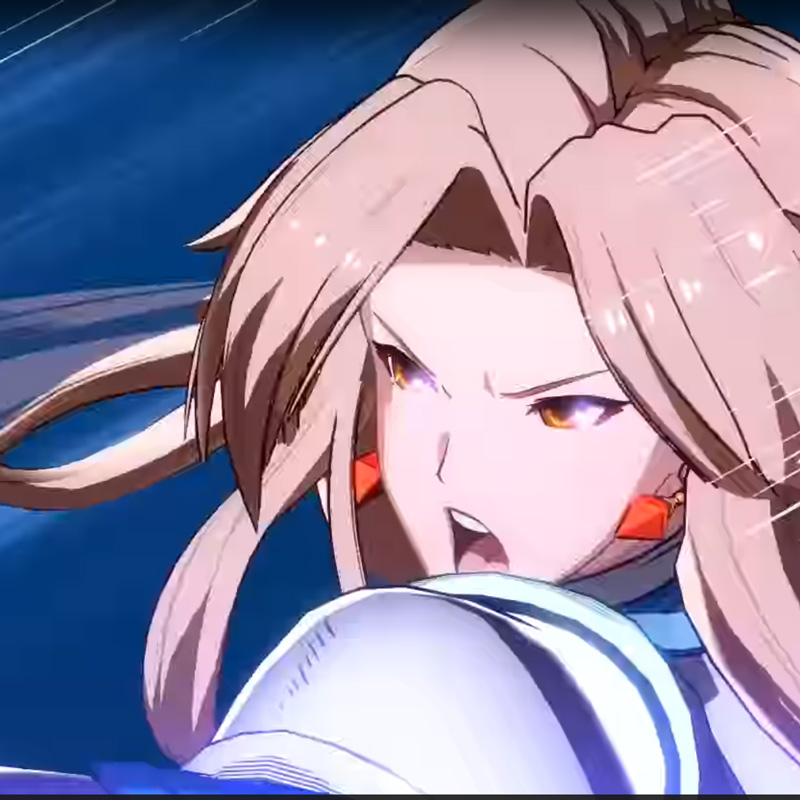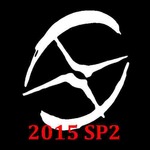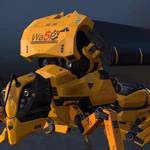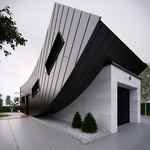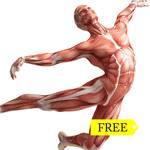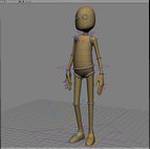With now with Blocks which seems a sort of compounds with a GUI to expose chosen parameters. I think the language in help file is without hierarchy so the explanation is not so clear, or maybe i am not versed in the terminology.
But it seems to not be only that, it seems to extend the capabilities of Fabric outside interface improvement, GUI accessibility to include also
Also it seems that the user can define contextCalculations on a per-object or vertex basis can now be done with a simple, graphical interface instead of requiring a TD or programmer to write KL code – the “block” inside a “for” loop is literally a Canvas graph. You no longer need to think about how to manage arrays and data structures. Instead, you focus on what needs to happen on that object or vertex. It’s very clean and very visual. Consider deformations. Blocks allow you to think about a single vertex at a time. “I want each vertex to be pushed along its normal by an amount based on the value of the texture map at that vertex” is easy to define within a block.
Which is fantastic. I wonder if context can be defined just by a naming.for example, a context could be ‘do this simulation per particle’ or ‘do this deformation per muscle’
In one more comparison with ICEOr as one of our staff put it: “The greatest thing about Fabric / Canvas / Blocks is that I (the not so computer sciencey guy of the group) can write custom nodes without having to know C++; I just couldn’t do that in ICE.”
The ability to define what Blocks operate on is a huge benefit. In Softimage ICE, for example, implementing a feather system is possible, but convoluted and complex: more complex data structures such as two-dimensional arrays need to be introduced to get past the fundamental per-vertex or per-polygon design. In Canvas, Blocks allow users to encapsulate operations on sets of arrays and display those operations logically to users to easily visualize staged operations on data.
I think it is essential for anyone to read the blog post below, because contrary to tradition and at least for me, Eric video seems a bit rushed and not very clear at first earing.
http://fabricengine.com/blocks/
http://docs.fabric-engine.com/FabricEng ... ide-blocks
I saw in video a wave deform but seems sound still can't be input in Fabric.
This 2.3 release of Fabric Engine introduces Blocks, which fundamentally changes what is possible with Canvas while at the same time making Canvas even easier to use! See below for more on this and many other additions.
Blocks
Everything you thought you knew about Fabric is changed by Blocks. They take Canvas visual programming from “this is cool, but I wish I didn’t have to resort to writing code for some things” to “this is freaking awesome, now I can do it all graphically”. We have included many samples in the Blocks folder and some presets that leverage the Block architecture such as:
ForLoop Traditional For Loop
AccumulateWhile A While which iterates over an array and accumulates the value of each iteration with an exit condition
Filter Filters an array based on a condition defined in the block
Geometry Deform Iterates through the positions of a Geometry primitive and exposes a block to modify each of them
Image Modify Iterates through the pixels of an Image and exposes a block to modify each of them
AnyElementMatches Iterates over an array and tests a block on each element; as soon as an element matches, it returns true; otherwise it returns false
There are two new sections in the documentation for Blocks and the What’s New video also provides a good introduction and overview:
The Blocks section of the Canvas User Guide
The Blocks section of the Canvas Programmer Guide
What’s New In Fabric Engine 2.3 video
Revamped Function Node editor
Now you can create and edit ports in the Function Editor a much more visual workflow for removing, dragging and dropping and editing metadata. You can also create blocks which can be pulled within the KL editor.
UX Improvements
Apart than the new Function Node Editor, we have made many UI/UX Improvements including:
Middle mouse button navigation support
A recent file list in the File Menu
Improved positioning of the tab search widget
Improved color highlighting and font size on the log widget
Autoscrolling on the log widget
It is now possible to select the data type of a port inside a subgraph
Improved the contrast in the code completion window
Clicking on the sliders will set the value based on the clicked position
Improved Canvas header controls (to go back and split presets)
Ability to expose a port from the outside of a graph, or by clicking the header
Alembic improvements
We have improved the Alembic extensions with many bugfixes that make it more reliable and flexible.
Basic Linear Algebra Extension
A very basic library that adds support for complex numbers, arbitrary matrices with Cholesky decomposition, quadratic programming etc.
Increased stability in Fabric for Maya and Maya 2016 Extension 2 support
Fabric Engine 2.3.0 has fixed a number of Fabric for Maya issues and includes support for Maya 2016 Extension 2.
Supported Operating Systems, Integrations and GPUs
Fabric 2.3.0 is supported on Windows and Linux. OS X builds are provided but are not officially supported; official support on OS X will arrive in a subsequent release.
Fabric for Maya integration is supported for Autodesk Maya 2014, 2015 and 2016 and their corresponding service packs and extensions on Windows and Linux.
Fabric for Softimage integration is supported for Autodesk Softimage 2014 and 2015 and their corresponding service packs on Windows.
Fabric for MODO integration is compatible with MODO 901 through to MODO 10.1 and is available on Windows, Linux and OS X.
Fabric 2 GPU support is available on NVIDIA hardware. See the GPU Compute Guide in the documentation for more details.












